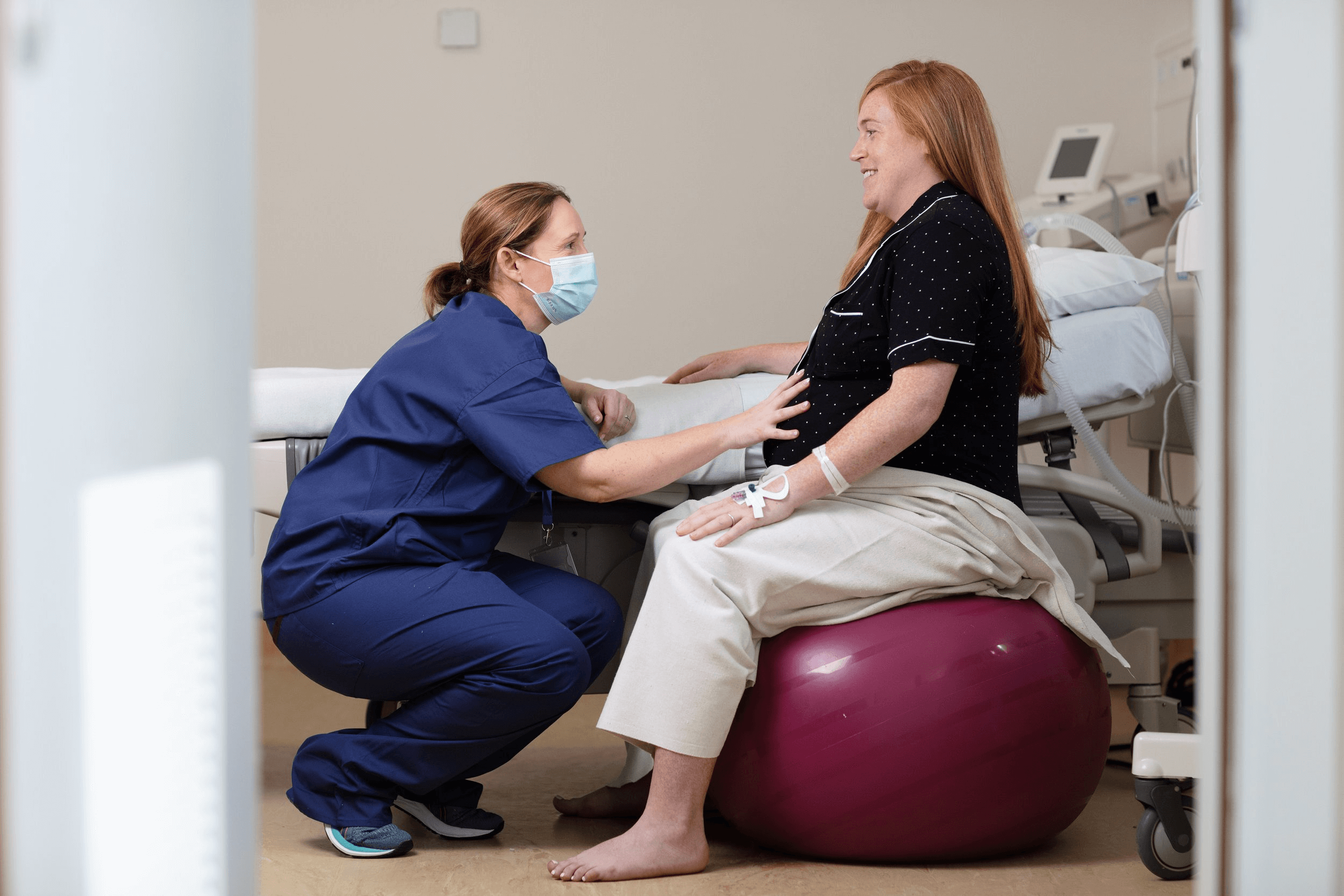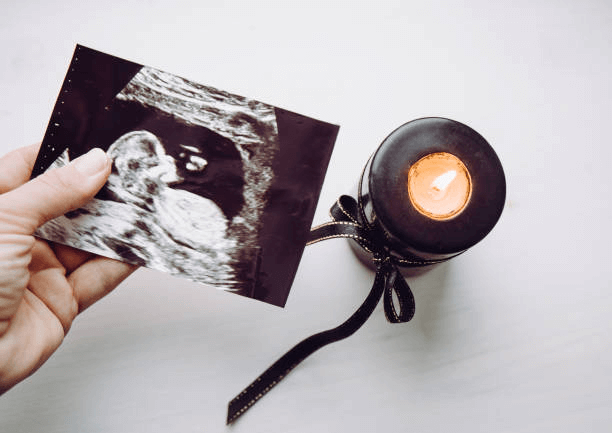Is There a Guaranteed Way to Induce Labor? Understanding Your Options

As you reach the final stages of pregnancy, the anticipation and discomfort can make time feel like it’s dragging. Naturally, you might wonder if there are ways to nudge your body into labor. While some methods are supported by science, others are based more on tradition and anecdotal evidence. Here, we explore both the proven and popular methods for inducing labor, emphasizing the importance of consulting with your healthcare provider before trying any of them.
The Science-Backed Method: Nipple Stimulation
Nipple stimulation is the only natural method with substantial evidence supporting its effectiveness. It works by increasing oxytocin levels, the hormone responsible for triggering contractions. Oxytocin’s synthetic counterpart, Pitocin, is often used in medical settings to induce labor.
“In one trial, more women who did nipple stimulation were in labor after three days compared to those who didn’t,” says Ob/Gyn Erin Higgins, MD. Nipple stimulation can be especially useful if your water has broken but labor hasn’t started or if labor has slowed down. However, it should only be done under the supervision of a healthcare provider to ensure the baby is tolerating the stimulation.
Home Remedies for Inducing Labor
Many natural methods for inducing labor are popular, but their effectiveness varies. Here’s a look at some commonly recommended techniques and what the evidence says:
- Taking a Walk:
- Walking is often suggested as a way to start labor, but no studies confirm its effectiveness.
- Staying active is beneficial for overall health and can help with labor preparation.
- Verdict: Walking won’t necessarily induce labor but can help you feel better and more prepared.
2. Eating Pineapple:
- Pineapple contains bromelain, which is thought to help soften the cervix.
- There is no strong evidence supporting its effectiveness in inducing labor.
- Verdict: Safe to eat, but unlikely to induce labor.
Also read: Natural Methods For Inducing Labor: What You Need To Know
3. Snacking on Dates:
- Some studies suggest dates may help soften the cervix and promote labor.
- Verdict: More research is needed, but dates are a healthy snack.
4. Drinking Red Raspberry Leaf Tea:
- Thought to tone the uterus and prepare it for labor.
- Limited research supports its effectiveness.
- Verdict: Likely safe, but consult your healthcare provider.
5. Having Sex:
- Sex can stimulate oxytocin release and semen contains prostaglandins, which may soften the cervix.
- Studies show mixed results.
- Verdict: Safe if your healthcare provider approves.
6. Trying Acupuncture or Acupressure:
- These methods are based on traditional practices but lack strong scientific evidence.
- Verdict: May be worth trying with low expectations.
7. Eating Spicy Food:
- Believed to stimulate the intestines and indirectly the uterus.
- No strong evidence supports this.
- Verdict: Unlikely to work and may cause discomfort.
8. Taking Castor Oil:
- Known to induce diarrhea, which can stimulate contractions.
- Can lead to dehydration and other complications.
- Verdict: Not recommended due to risks.
9. Getting a Membrane Sweep:
- Performed by a healthcare provider to separate the amniotic sac from the uterine wall.
- May shorten pregnancy duration but has potential risks.
- Verdict: Consult your healthcare provider to see if it’s appropriate for you.
Myths and Unsafe Methods
Avoid methods like bumpy car rides, herbal remedies without scientific backing, and nonprescription drugs. These can be ineffective or even dangerous for you and your baby.
The Importance of Safety
Always discuss any labor induction methods with your healthcare provider, especially if you have any pregnancy complications. It’s typically safe to consider natural induction methods only after 37 weeks of pregnancy and with your provider’s approval.
Patience is Key
The best advice often comes down to patience. “Enjoy the last days of pregnancy as much as possible,” says certified nurse midwife Niki Pearce, CNM. Remember, your baby will arrive when they’re ready, and soon you’ll be holding your little one in your arms.
Also read: What To Expect If You Go Into Labor Early






